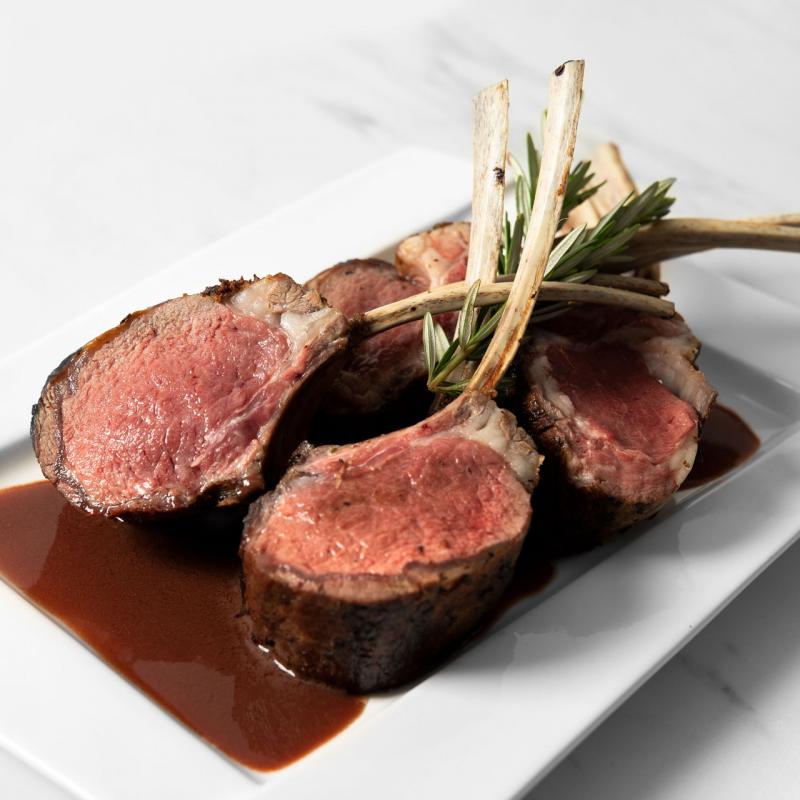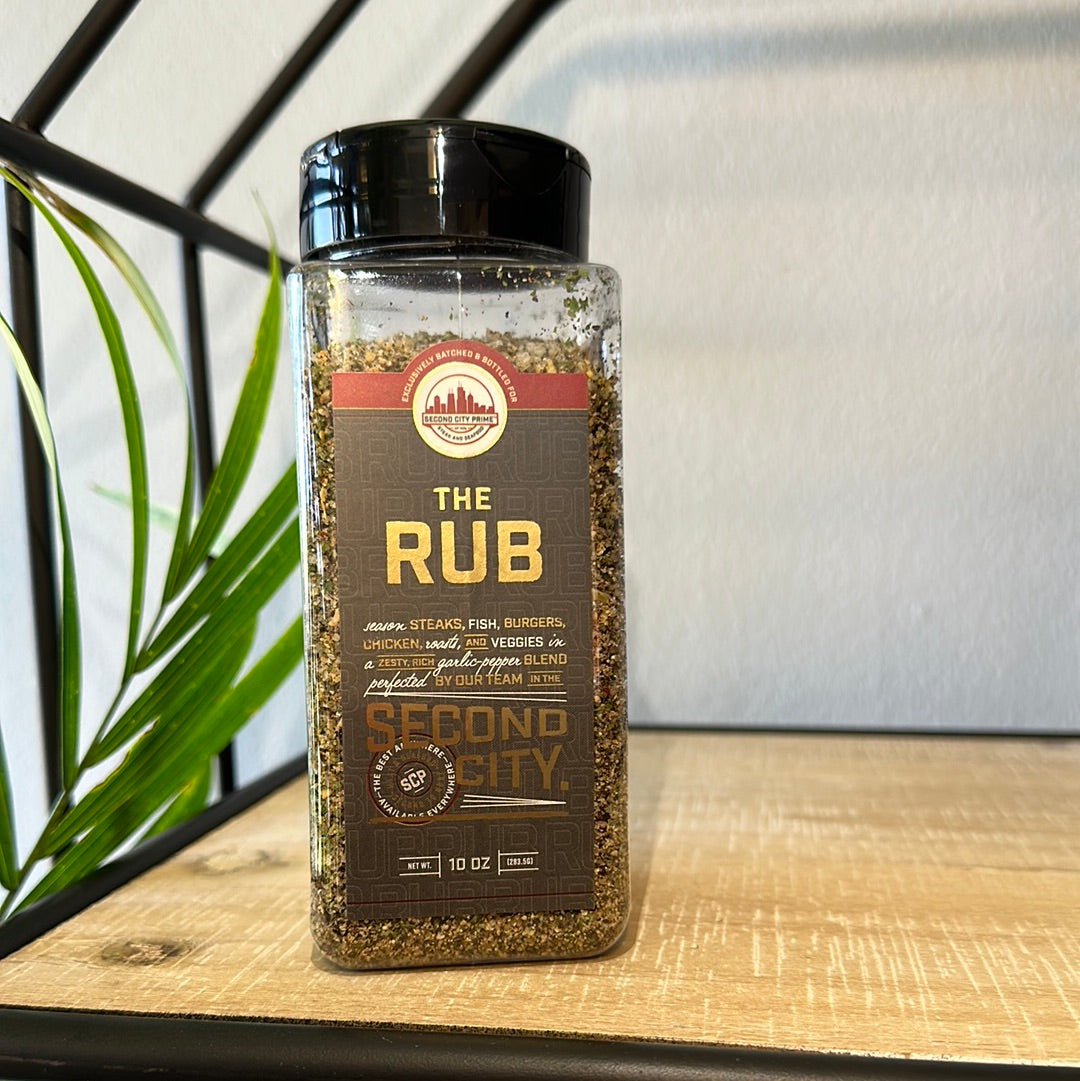The Complete Guide to USDA Prime Beef Classification
The USDA Prime designation represents the pinnacle of American beef grading, a comprehensive classification system that identifies the highest quality beef available in the United States. This guide explores the detailed criteria, evaluation methods, and distinguishing characteristics that separate Prime beef from other grades, providing insight into why this classification commands both premium prices and exceptional dining experiences.
The USDA Grading System Framework
Historical Development
- System establishment: Created in 1927 by the United States Department of Agriculture
- Standardization purpose: Developed to create consistent quality benchmarks nationwide
- Evolution milestones: Major revisions in 1950, 1975, and 1997 refined the criteria
- Current authority: Administered by the Agricultural Marketing Service division of USDA
The Dual Grading Approach
The USDA system evaluates beef using two distinct but complementary grading scales:
Quality Grades- Prime
- Choice
- Select
- Standard
- Commercial
- Utility
- Cutter
- Canner
- Yield Grade 1 (highest lean yield, least fat)
- Yield Grade 2
- Yield Grade 3
- Yield Grade 4
- Yield Grade 5 (lowest lean yield, most fat)
Grading Process Overview
- Timing: Grading occurs after slaughter and initial 24–48 hour chill period
- Location: Evaluation at the ribeye section between 12th and 13th ribs
- Personnel: Certified USDA graders with specialized training
- Methodology: Visual assessment with precise criteria benchmarks
- Voluntary nature: Grading is optional but widely used throughout the industry
Prime Designation: The Specific Criteria
Primary Evaluation Factors
-
Marbling Assessment (Most Critical)
- Definition: Intramuscular fat distributed throughout the lean muscle
- Prime threshold: "Abundant" or "Moderately Abundant" marbling scores
- Evaluation location: Longissimus dorsi muscle at the 12th/13th rib interface
- Visual standards: Compared against official USDA marbling photographs
-
Maturity Classification
- Definition: Physiological age of the animal at harvest
- Prime requirement: "A maturity" (typically 9–30 months)
- Indicators assessed: Bone ossification, rib bone shape, cartilage calcification
- Ribeye assessment: Lean color and texture evaluated for youthful characteristics
-
Firmness Evaluation
- Requirements: Firm, fine-textured lean that is slightly firm to the touch
- Negative indicators: Soft, mushy texture or excessively firm/coarse texture
- Relationship to quality: Correlates with eating experience and moisture retention
-
Color Standards
- Prime parameters: Light red to slightly dark red lean color
- Disqualifying factors: Dark cutters, extreme paleness, or discoloration
- Relevance: Indicates proper handling and normal pH development
The Marbling Hierarchy
Within Prime classification, there are subtle gradations:
- Abundant marbling: The highest level within Prime (extremely rare)
- Moderately abundant marbling: The standard Prime qualification level
- Slightly abundant marbling: The minimum threshold for Prime designation
Yield Grade Interaction
While separate from quality grading, yield grades often correlate with Prime:
- Typical Prime yield grades: Usually 2-4, with 3 being most common
- Prime with Yield Grade 1: Exceptionally rare and highly sought after
- High-yield significance: Indicates excellent cutability with premium quality
The Science Behind Prime Classification
Biochemical Foundations
- Intramuscular fat composition: Higher concentration of monounsaturated fatty acids
- Lipid distribution: More uniform cellular distribution throughout muscle fibers
- Protein structure: Typically less dense protein matrix allowing for tenderness
- Enzyme activity: Higher levels of proteolytic enzymes supporting aged tenderness
Sensory Correlation Studies
Scientific research consistently shows Prime beef demonstrates superior:
- Tenderness measurements: Lower Warner-Bratzler shear force values
- Juiciness ratings: Higher moisture release during mastication
- Flavor intensity: More robust sensory panel scores for flavor compounds
- Overall satisfaction: Consistently higher consumer preference rankings
Physiological Development Factors
Prime's distinguishing characteristics develop through specific biological pathways:
- Genetic predisposition: Breed influences including Angus, Hereford, Wagyu genetics
- Feeding programs: Extended grain finishing periods (typically 150+ days)
- Growth rate management: Moderate, consistent weight gain rather than rapid finishing
- Stress minimization: Careful handling to prevent quality-reducing stress effects
The Rarity of Prime
Statistical Context
- Current production percentage: Approximately 3-5% of graded U.S. beef
- Historical trends: Declined from 6-8% in the 1970s to current levels
- Seasonal variations: Slightly higher percentages typically achieved in fall months
- Regional differences: Midwest operations tend to produce higher percentages
Market Allocation Patterns
- Export markets: Approximately 20-25% exported (primarily to Asia)
- High-end restaurants: 40-45% directed to premium food service
- Specialty retailers: 20-25% to butcher shops and high-end grocers
- Direct consumer: Remaining percentage through specialty meat companies
Factors Influencing Prime Scarcity
- Genetic limitations: Not all cattle have genetic potential to grade Prime
- Economic calculations: Diminishing returns on extended feeding programs
- Market timing factors: Price pressures to market cattle before optimal finish
- Processing efficiencies: Plant throughput priorities sometimes override grade optimization
Beyond the Grade: Additional Premium Indicators
Certified Programs with Prime
Many programs require Prime as a foundation plus additional criteria:
- Certified Angus Beef Prime: Requires 10 additional quality specifications beyond USDA Prime
- Prime Reserve/Prime Plus: Proprietary designations for upper-tier Prime selections
- Breed-specific Prime: Designations like "Prime Holstein" or "Prime Hereford"
Production Method Overlays
- Grass-finished Prime: Extremely rare (less than 0.5% of all Prime)
- Natural or Never-Ever Prime: No antibiotics or growth promotants
- Organic Prime: Certified organic production methods with Prime grading
- Humanely-raised Prime: Animal welfare certifications with Prime grade
Regional Specialization
- Corn Belt Prime: Cattle finished in Iowa, Nebraska, and surrounding states
- High-altitude Prime: Colorado and Wyoming programs with elevation claims
- Northern Prime: Upper Midwest and Pacific Northwest programs
Selection and Identification for Consumers
Official Marking Systems
- USDA shield: Purple Prime stamp applied directly to carcass
- Individual package labeling: USDA Prime marking on immediate packaging
- Certificate authenticity: Some premium programs provide certification
- IMPS numbers: Institutional Meat Purchase Specifications with grade designation
Visual Authentication Cues
When examining Prime beef, verify these characteristics:
- Marbling visibility: Abundant small flecks of white fat throughout red muscle
- Fat color: Creamy white (slightly yellow is acceptable in grass-fed)
- Meat texture: Fine-grained appearance with slight firmness
- Color indicators: Cherry-red to slightly darker red color
Common Misrepresentations
Be aware of terminology that may be misleading:
- "Prime cut" vs. USDA Prime: Prime rib may not be USDA Prime grade
- Restaurant terminology: "Prime" on menus without USDA designation
- Butcher shop quality claims: "Prime quality" without official grading
- Named programs: Brand names containing "Prime" without grade verification
Value Considerations of Prime
Economic Implications
- Farm-to-table premium: Typically commands 20-35% premium over Choice
- Production cost factors: Requires approximately 15-20% more feed resources
- Supply chain efficiencies: Limited supply creates higher handling costs
- Market volatility: Prime premiums fluctuate more than other grades
Value Maximization Strategies
- Cut selection focus: Ribeye, strip loin, and porterhouse showcase Prime advantages best
- Aging investment: Prime responds exceptionally well to proper aging
- Preparation methods: Proper cooking techniques maximize Prime's value
- Occasion alignment: Reserve Prime for experiences where quality will be appreciated
The Future of Prime Classification
Emerging Trends
- Instrument grading: Camera-based systems supplementing human graders
- Genomic prediction: DNA testing to identify Prime potential earlier
- Marbling composition analysis: Evaluation of fat quality beyond quantity
- International harmonization: Alignment with global beef classification systems
Sustainability Considerations
- Resource efficiency tension: Prime's extended feeding vs. sustainability metrics
- Carbon footprint evaluation: Life cycle assessments of premium beef production
- Regenerative intersection: Growing interest in environmentally positive Prime
- Consumer expectation evolution: Increasing demand for ethical Prime production
Conclusion: The Significance of Prime
The USDA Prime designation represents more than a quality label—it signifies the intersection of genetic potential, optimal production practices, and rigorous quality standards. While representing only a small percentage of U.S. beef production, Prime sets the benchmark against which all domestic beef is measured.
Understanding the detailed criteria and evaluation methods behind the Prime grade allows consumers to make informed decisions about when and how to invest in this premium product. Whether experienced at a fine dining establishment or prepared at home for a special occasion, USDA Prime beef delivers a distinctive eating experience that justifies its position at the pinnacle of American beef classification.
Ready to experience genuine USDA Prime beef? Browse our selection of hand-selected Prime cuts, properly aged and delivered directly to your door.
Tags: USDA Prime grade, beef classification, beef grading system, premium beef standards, USDA beef grades, marbling scores, quality grade criteria






Leave a comment